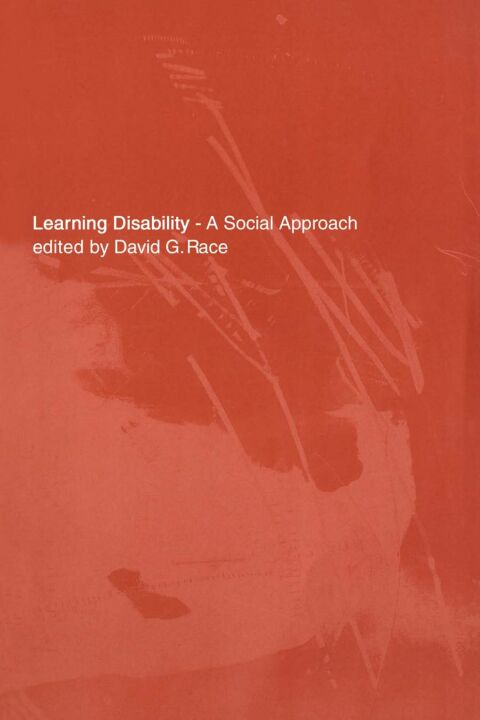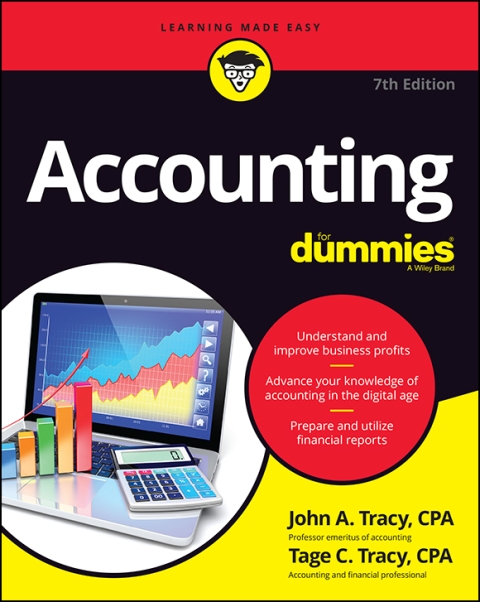Description
Efnisyfirlit
- Cover Page
- Half Title page
- Title Page
- Copyright Page
- Contents
- Contributors
- Foreword and Acknowledgements
- Introduction
- References
- Part I Voices of people
- Chapter 1 Attempts at a social approach to a degree course
- Introduction
- David Barron
- Introductory Remarks
- David Barron’s View of Teaching
- Students’ Views on David’s Lecture
- Shaun Smith and Michaela Jones (Names have been Changed)
- Introductory Remarks
- Shaun and Michaela’s Experiences
- Shaun and Michaela as Lecturers
- Students’ Views on Shaun and Michaela’s Lecture
- Kevin Chettle – Advocacy in Action
- Introductory Remarks
- Kevin Chettle in his Own Words on the Value of User-Led Teaching
- Experiences of Working Together to Complete a Dissertation – Nicky Bentley and ‘The Group’
- Introductory Remarks – Nicky Bentley
- Doing the Project with Someone we Knew well
- Being Able to Talk about our Achievements
- Summary
- Outside Experts – Advocacy in Action
- Guidelines for Staff
- References
- Part II The context of learning disability services
- Chapter 2 The historical context
- Introduction
- Early Classifications and Responses
- The Eugenic Alarm and the Growth of ‘Colonies’
- Same Places, Different Names – Absorption into the National Health Service
- Debates and Scandals – The Beginnings of Community Care
- Radicalism or Paternalism? – The 1971 White Paper
- Talk of Change and Movement for Change – The Jay Committee and Normalisation
- Money Talks – The NHS and Community Care Act and after
- Moving into the Millennium – Services in Need of a Strategy
- References
- Acts of Parliament
- General References
- Chapter 3 Residential and day services for adults
- Introduction
- The History of Residential Care
- Residential Care as Family-Style Home
- Supporting Residential Care as Family Life
- The Need for Family-Style Care
- Supporting Supporters
- Two Stories of ‘Challenging Behaviour’
- Serendipity
- Mission and Vision in Residential Services
- Day Services
- References
- Chapter 4 Education services why segregated special schools must close
- Introduction
- Compulsory Segregation
- Where the LEA Making the Statement is Committed to Maintaining a Segregated Special School Sector
- That the Descriptions of the Child9S Needs in Section 2 of the Statement Rely Heavily on Norm-Based Assessment Procedures
- That the Provision Identified to Meet the Child9S Needs in Part 3 of the Statement Tends to Emphasise Resources and Arrangements, Which are Not Typically Available in the LEA Mainstream Schools
- Learners Without Labels – Historical Issues
- Rights of Appeal
- Equality, Rights and Advocacy
- Factors Maintaining Segregation – Some Suggested Responses
- What should our Response be?
- What should our Response be?
- What should our Response be?
- What should our Response be?
- What should our Response be?
- What should our Response be?
- A Fear of Inclusion?
- But we Don’t have the Resources
- But Children Described as Having Learning Difficulties will be Made Fun of and Bullied in Mainstream Schools
- But we Need Experts to Show Us how to Teach those Individuals Described as Having Learning Difficulties
- But other Children will be Held Back by Children who Need Lots of Support
- But what if the Parents want to Choose Segregated Special Schools?
- But the Mainstream is Not Ready Yet to Accept Inclusive Education
- But how do we Know if the Child who Experiences Learning Difficulties will Understand what the other Children are Learning?
- Towards Inclusive Education
- References
- Chapter 5 Employment an opportunity to belong?
- Introduction
- Historical Approaches to Service Provision
- Training for Work?
- Changing Roles
- Supported Employment: An Alternative Option
- A Personal Perspective
- Conclusions
- References
- Chapter 6 Management and change
- Introduction
- Organisations and Services – The New Social Services Departments
- The Quasi-Market Cometh – Changes in the 1980s
- The Colour of Money – The Power of Resources over the Shape of Services
- The Community Care Solution – Build up to the NHS and Community Care Act
- The NHS and Community Care Act 1990 – More NHS than Community Care
- The New Labour Government – Modernising or Controlling?
- Modernising Local Government and the Local Government Act
- Modernising Social Services
- The New NHS: Modern Dependable and the 1999 Health Services Act
- Organisational Arrangements and Valuing People
- References
- Acts of Parliament
- General References
- Chapter 7 Evaluation of quality in learning disability services
- Introduction
- Two Important Reports – Facing some Facts
- Some General Issues of Quality in Formal Human Services
- A Simple Systems Model
- Different Perspectives on Quality
- Establishing Criteria for Quality
- Assumptions and Values
- Formality
- System Needs
- Triviality
- Measuring the Right Thing
- Universality
- The Relationship between Processes, Outputs and Outcomes
- Human Service Evaluation Instruments
- Human Service Evaluation Instruments have Different Purposes
- Evaluation Instruments are Usually Focused on Processes and Outcomes
- Evaluation Instruments May Focus on Particular Types of Services or Service User Groups
- Evaluation Instruments May have been Developed from Particular Conceptual or Theoretical Perspectives
- The Statistical Properties of Evaluation Instruments are Important
- PASS and PASSING
- The Structure of PASS and PASSING
- PASS and PASSING Conclusions on Service Quality
- Multiple Measures
- The Model Coherency of Human Services
- The Model Coherency Concept
- The Application of Model Coherency
- Quality of Life
- Concepts of Quality of Life (QoL)
- Measurement of Quality of Life
- Some Issues with Quality of Life
- Cultural Value as a Yardstick for Quality
- Conclusions
- References
- Part III Working with people
- Chapter 8 Friendships, relationships and issues of sexuality
- Introduction
- Services and Relationships
- Policy and Legal Dilemmas
- Ethical Considerations
- Daniel’s Story
- What Needs to Change?
- Conclusion
- References
- Chapter 9 Social inclusion and people with profound and multiple disabilities reality or myth?
- Introduction
- Current Services
- Services and People with Complex Needs
- Concerns: Questions for Consideration
- A Personal Perspective
- Karl
- Matthew
- Roger
- Bernadette
- The Issues
- What is Available?
- What is Not Available?
- Relationships and Inclusion
- Advocacy and Person-Centred Planning
- Conclusions
- Quality of Life
- Continuity of Support
- Reliable Dependent Advocacy
- Variety of Support
- Direct Payments
- Inter-Agency Working
- A Service for all
- Conclusion
- References
- Chapter 10 Advocacy and parents with learning difficulties ‘even when you’ve got an advocate social services still always do what’s easiest for them’
- Introduction – How we Wrote this Chapter
- Forms of Advocacy
- Citizen Advocacy
- Our Experience of Citizen Advocacy
- Self-Advocacy
- Shaun and Michaela’s Current Concerns
- References
- Part IV Academia and learning disability – two debates
- Chapter 11 The ‘normalisation’ debate – time to move on
- Introduction
- The Medium and the Messengers – Fact and Fiction in the Communication of Ideas into Practice
- The Medium – CMHERA and PASS and PASSING Workshops
- The Messengers – John O’brien and Wolf Wolfensberger
- ‘Wounds’ – Description or Label?
- Roles – The Key to Addressing Devaluation or an Interesting Sideshow?
- The Goals of SRV
- Conclusion – Moving on
- References
- Chapter 12 Individual and social models of disability and the experiences of people with learning difficulties
- Introduction
- The Medical Model of Disability
- The Medical Model and People with Learning Difficulties
- The Individual Model of Disability
- The Individual Model and People with Learning Difficulties
- The Social Model of Disability
- The Social Model and People with Learning Difficulties
- Social Model Terminology and People with Learning Difficulties
- The Social Model of Disability and its Critics
- Drawing Upon People with Learning Difficulties’ Own Literature, Materials and Resources
- Supporting People with Learning Difficulties to Record their Own Experiences or Life Stories
- Supporting and Encouraging People to Formulate their Own Ideas and Theories about their Experiences
- Sharing Research Findings about People with Learning Difficulties
- Explaining Theories and Ideas about People with Learning Difficulties
- Offering Support to People with Additional Needs
- Offering Emotional Support
- Respecting People’s Views about Sharing their Experiences and Publication
- A Unifying Social Model of Disability
- References
- Chapter 13 Conclusion – a personal reflection on values, learning disability and a social approach
- Introduction
- Challenging Human Services – Lessons from a Module
- The Midwives Tale – Compartmentalising Lives
- A Village Story – Fear and Prejudice at the Turn of the Millennium
- Final Thoughts
- Index





